Blue Eyed Sun has been trading for twenty years this year! It’s quite something to reach this business milestone, considering I am not a greeting card publisher.
Whilst the company has been successful and has always been profitable, I am most proud of the fact that it enabled a lifestyle in which we could spend lots of time with family, friends and loved ones, contribute so much to our industry and I could pursue my passion for travel and adventure.
I recently shared our story with Therese Ørtenblad on her Let’s Talk Shop podcast and it got me thinking about how grateful I am for the time we’ve had in our industry and for everything we have accomplished.
It’s a privilege to run a business that is so resilient and has greeting cards at the very heart of our prosperity. The company endured the 2008 recession and is surviving the current coronavirus situation remarkably well. Our cards have made our retailers millions in sales and customers continue to feedback how well they sell.
This month I’d like to share what (apart from great selling products) has been most effective in building the endearing and enduring Blue Eyed Sun brand:
PR & Marketing
Having a good spread of PR & marketing approaches has avoided the vulnerability of having a single source for generating new business. Since starting, we have sent out hundreds of press releases and appeared in countess trade magazine articles. Every new product range has had a photo and press release sent out to editors that made it easy for them to cut and paste us into their publications. Once we grew big enough, we advertised regularly in the trade press to secure Blue Eyed Sun’s brand in the minds of our customers.
In addition to this, our quarterly direct mailings of new brochures allowed retailers to see our products regularly outside of trade shows. We have exhibited at over a hundred exhibitions, which have been a regular source of sales, enquiries and market research. Our stands at them have always been modest, affordable and profitable. It’s a marketing strategy that has served us well.
In recent years our blog and social media content has driven a new generation of customers and retailers to us. We get a steady stream of qualified enquiries from our website each week. With a sizeable email list of great retailers and our useful monthly emails (that offer more than just adverts for products) we have high open and click through rates on our digital marketing. Every email we send results in sales, even when we are not ‘selling’.
Entering awards has been another great way of getting our products seen by quality buyers. Whilst we’ve lost out on trophies more times than we’ve won, we are proud to have won a Gift of the Year award, a Henries trophy and a Queen’s Award for International Trade. We’ve had great PR from every nomination along the way.
Over time our cards have wound up in so many shops and homes that new enquiries are often from retailers who have seen us elsewhere or received one of our cards and used our contact details on the back to add us to their list of suppliers.
Sales & Distribution
Whilst we have some large clients, a diversified customer base has helped Blue Eyed Sun remain resilient to market changes. Our loyal independent UK retailers have been key to our success and we love them for it. We’ve been able to maintain these relationships at trade shows, online and through our team of freelance sales agents.
International distributors have given us access to other markets. This month alone we have shipped thousands of cards abroad. Offering our cards in other languages and bespoke production has added further valuable sales strings to our bow.
Our brochures make it easy for retailers who aren’t web savvy enough to order offline. For those that are, our B2B website has been incredible in bringing in sales and leads from smaller shops that agents might miss or territories we aren’t covered in, especially during this pandemic.
Further important relationships are with brokers like Hallmark, UKG, Woodmansterne and others. All are instrumental in helping us to supply larger key accounts. In fact, the supermarkets, our website and international trade kept sales going through Lockdown this year (without any marketing spend).
Mistakes
Although it was fun, in hindsight, setting up our wedding stationery business, Ivy Ellen, was a mistake (as was not closing it down years ago). It was a distraction and we would have been more profitable without it. Ditto for from my brief dalliance with being a trade show organiser with the Fresh area at Spring Fair in 2010.
An industry friend of mine thinks the same of my involvement with the Ladder Club, the Greeting Card Association and the Giftware Association. These do take up time, but speaking at events and contributing on committees is about putting something back into an industry that has been very good to us. Same goes for the six marathons and other races I trained for and ran to raise funds for charities. It’s not all about making money.
Some things that you try, just don’t work. Occasionally I have overspent on marketing. I’ve also kept bad staff and poor sales agents longer than I should have. You live and learn (mostly).
Sometimes I’ve made a good decision, like our diversification into eco-friendly giftware which now make up half our sales. Our BambooCup business is a good example of how we were able to put an on trend product through the distribution systems we have built with Blue Eyed Sun and scale rapidly into a new sector of the market.
Systems
Years ago, I decided to work on the business rather than in it. The result was a series of systems, operations manuals and procedures that have kept managing the business easier than most. It’s made it simpler to hire and to adapt to new circumstances, good or bad. When the Lockdown happened I was able to get up to speed on my own pretty quickly and relatively easily. It’s also meant that running the company has had minimal impact on my time. To my mind, if I work half the week, my salary is effectively double what I’m paid.
Using industry leading software systems like Sage, Adobe Creative Suite, Microsoft, Shopify and Magento has also helped when hiring, training and outsourcing as they are commonly used and known. Online banking, digital credit control and cash flow forecasting keep our finances simple to manage. Keeping our drawings consistent and relatively low enabled us stay cash positive so we could seize opportunities like BambooCup and Bioloco as well as survive the pandemic.
Highlights
Thanks to Blue Eyed Sun, I have met many amazing people and been to interesting places like 10 Downing Street and Buckingham Palace. We’ve been interviewed in magazines and newspapers, on TV, radio, podcasts and YouTube channels. I’ve been paid to speak at business events like Sage Summit in America. We’ve also had the privilege of being stocked in many of the world’s leading retailers including Harrods, Fortum & Mason and Selfridges. Recently we even created a bespoke BambooCup for Balmoral, so we’ve been fortunate enough to supply the Queen, meet her and win one of her prestigious awards. Sometimes I have to pinch myself to believe its all real.
I don’t know what the future holds. Blue Eyed Sun is certainly a decent enough brand with a strong enough base to expand from (despite market challenges) and our new products are selling really well. All of our card production team are now back working their usual hours this month and are busy. Fortunately, we remain profitable, we have great distribution and there’s a lot more potential to explore with our B2C sales and marketing in the run up to Christmas. After that, perhaps some day someone will make us an offer we can’t refuse.
For now, I’m simply feeling very grateful to everyone who has supported us over the last twenty years, customers, suppliers, agents, trade mags, our team, friends and family. Thank You All!
The Secret to Successful Marketing







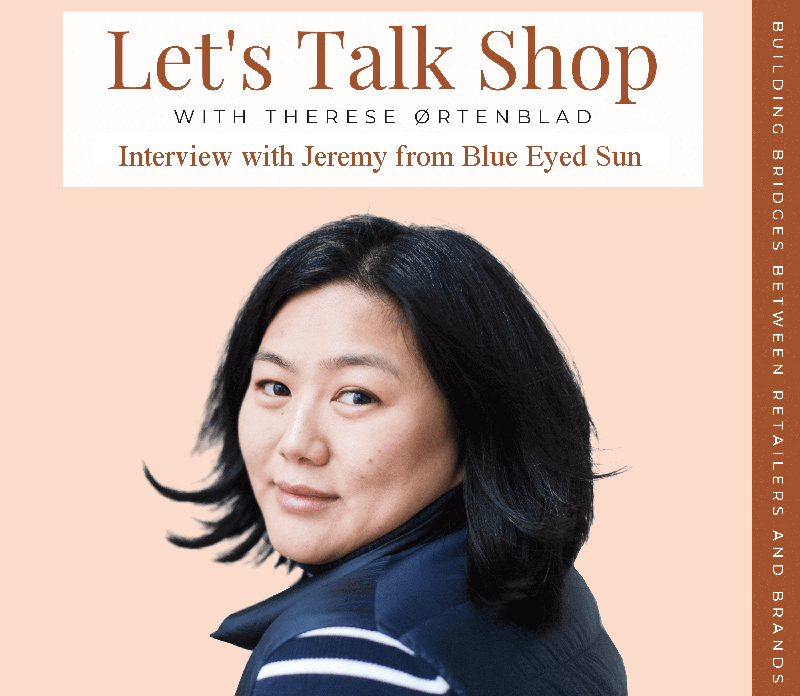


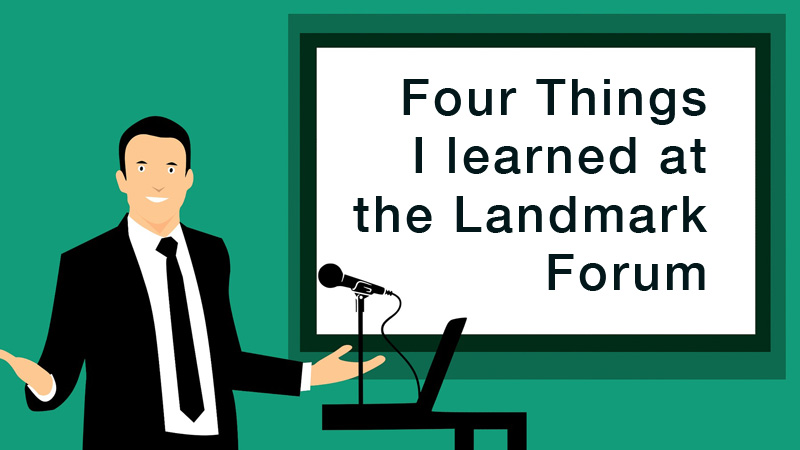
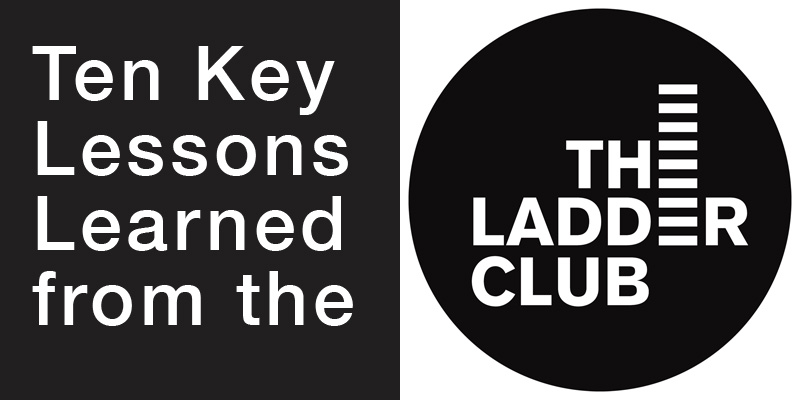
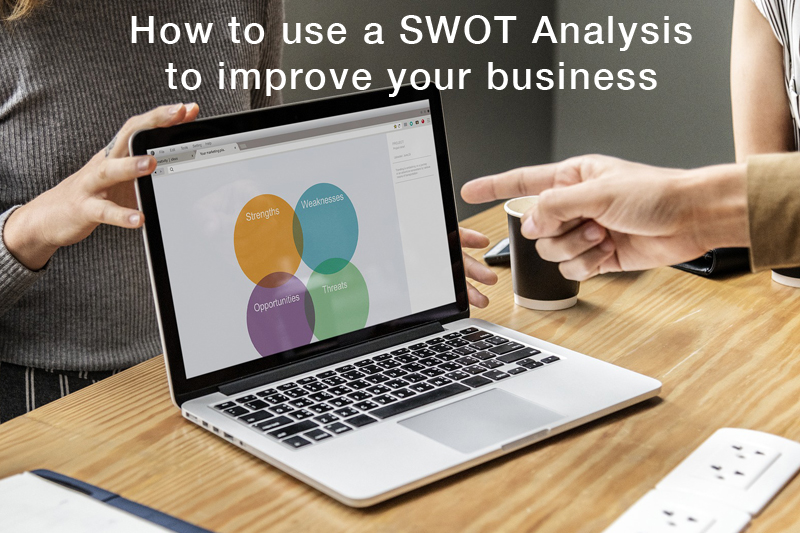
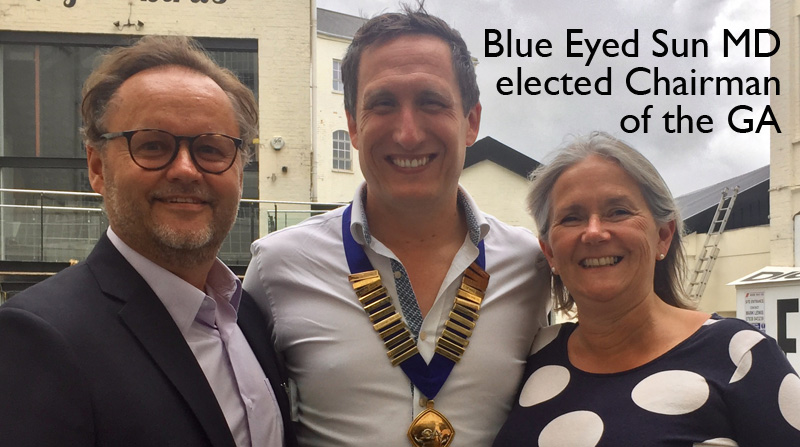
 It’s easy to think that we are alone in this world;
It’s easy to think that we are alone in this world; 
 Great product is good for everyone: retailers, publishers, suppliers and, most importantly, card senders. If the product is good it’ll sell well. But if all the cards in the industry are good, how do you make sure yours are the best? We can’t all be winners and it’s a very competitive market. It's always a gamble launching new ranges. To be successful you have to learn how to win at cards.
Great product is good for everyone: retailers, publishers, suppliers and, most importantly, card senders. If the product is good it’ll sell well. But if all the cards in the industry are good, how do you make sure yours are the best? We can’t all be winners and it’s a very competitive market. It's always a gamble launching new ranges. To be successful you have to learn how to win at cards.








